The true power of influence: Crafting your impactful brand image
| September 7, 2020
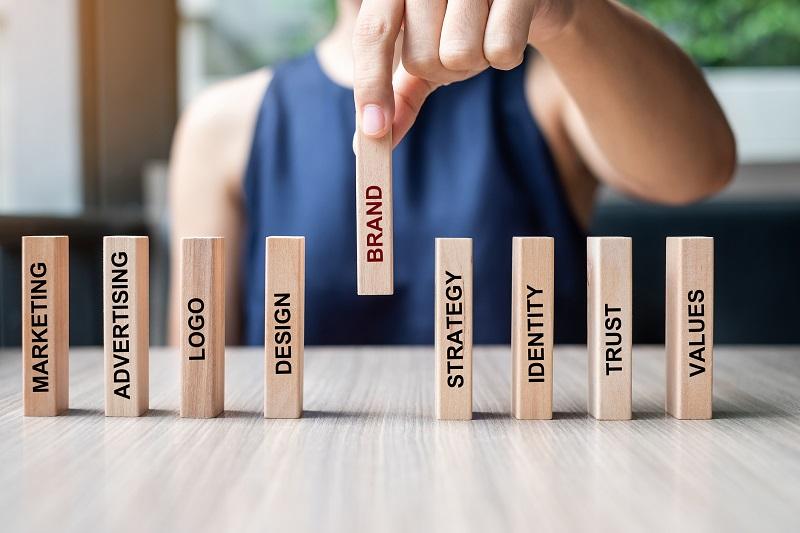
Do your favorite brands understand your needs? Do they have a personality that connects with you?
Your feelings about them are their brand image. The most successful brands do extensive customer research to craft their methods of branding.
In this article, I’ll give you the tools needed to influence audiences so they feel positive about your brand.
What is brand image?
Brand image is the overall feeling or perception a customer has toward a brand. It is how each person feels about the values, persona, purpose and identity of brands. Brand image is ultimately influenced by each customer’s interactions, both positive and negative.
Brand image vs brand awareness vs brand identity: Brand image reflects consumer perceptions and associations built over time. In contrast, brand awareness pertains to consumer recall of a brand, and brand identity is the message a company attempts to convey about itself, which may differ from the actual brand image held by consumers.
Think of brand image like the consumer’s perspective of a brand’s values and identity. No matter what a company does, they can’t directly change their image.
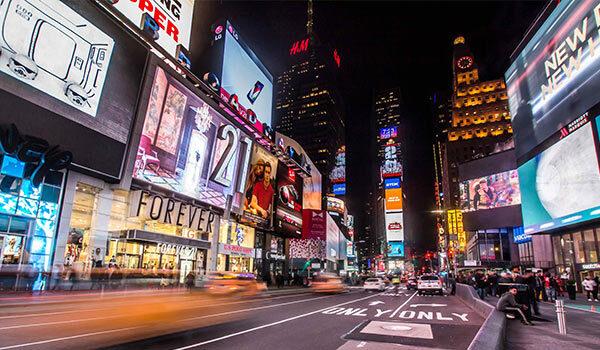
Keep in mind that not everyone shares the same ideas about your brand. As a result, there are a lot of nuanced tasks that go into these branding strategies.
However, it’s possible to position your brand in ways that positively influence your brand image, which boosts success.
Let’s start off with some key benefits to help you out.
Building a Strong Brand Image
Building a strong brand image is crucial for driving business value and profitability. A strong brand image can significantly influence consumers’ perception and decision-making regarding purchases. To achieve this, companies must focus on creating a positive brand identity that aligns with their target audience’s values and expectations. This involves consistently delivering high-quality products and services that meet or exceed customer expectations. By doing so, businesses can establish a trustworthy and reliable reputation, which is essential for long-term success.
Unique benefits that prove the value of brand image
Here are some of the more important, lesser-known reasons that brand image is useful.
Break into new markets with ease
Gatorade was founded in 1965, and it was quite the hit. In fact, it popularized the concept of a sports drink.
Powerade wasn’t founded until 1988. Clearly, entering into the sports drink market would be difficult, considering the grasp Gatorade currently had on it.
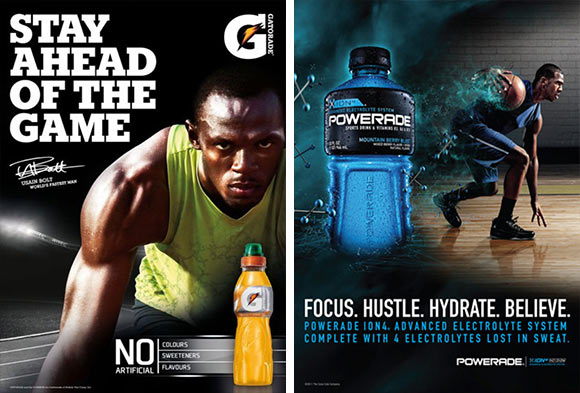
However, Powerade came from a company with a strong brand image, Coca-Cola. By having an established brand, they were able to create new products and succeed in a different market. Coca-Cola’s strong company’s brand image helped establish trust and recognition, significantly influencing Powerade’s success in a new market. Powerade is still around and thriving, for what it’s worth.
The better the positive brand image, the faster the brand spreads
“If people believe they share values with a company, they will stay loyal to the brand.” – Howard Schultz
It’s easy to forget, at a time when we have access to so many different marketing and advertising channels, that a lot of new customers discover brands through word of mouth. A positive brand perception can enhance customer relationships and ultimately improve profitability.

Of course, without a unique and powerful image to entice brand loyalty, it’s unlikely anyone will recommend your products and services to a friend or family member.
Everyone likes to give good advice, it’s a great feeling. If audiences see you as trustworthy, they’ll make recommendations, knowing they won’t lead their friends astray.
Increases in sales, revenue, and customer loyalty
A strong brand image plays a role in customer behavior. Just as we wouldn’t recommend an untrustworthy brand to a friend, we also wouldn’t buy their products or services.
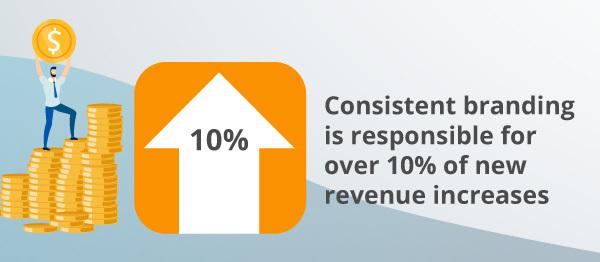
Therefore, it’s clear that purchases are a direct result of a positive image. Build yours up to further increase revenue.
Crafting a Positive Brand Image
Crafting a positive brand image requires a deep understanding of the target audience and their needs. Companies must create a brand identity that resonates with their audience and consistently deliver on their brand promise. This involves not only meeting customer expectations but also exceeding them whenever possible. A positive brand image can lead to increased customer loyalty and retention, which are critical for sustained revenue growth. By focusing on building strong relationships with their customers, companies can ensure that their brand remains top-of-mind and preferred over competitors.
Determine Your Mission, Vision, and Values
Determining your mission, vision, and values is essential for building a strong brand image. Your mission statement should clearly define your company’s purpose and goals, providing a roadmap for all business activities. Your vision statement should outline your company’s aspirations and what you want to achieve in the long term. Your values should reflect your company’s personality and guide your decision-making process. By defining these core elements, you can create a strong brand identity that resonates with your target audience and sets the foundation for a consistent brand image.
Don’t confuse brand image with brand identity, but recognize similarities
“A brand is no longer what we tell the consumer it is—it is what consumers tell each other it is.” – Scott Cook
Consider the following example:
Sid is a 55-year-old man who wants to reconnect with his younger years. He decides to shave his hair into a spiky mohawk. He then dyes this mohawk green.
Next, he puts on some leather pants and a jean jacket stitched with logos of his favorite punk rock bands.
He heads to the grocery store and notices people staring at him. He thinks, “Wow, I am so punk rock. I look like I am 21 again.”
This is brand identity in a nutshell. It’s how the brand presents itself and sees itself to be.
In this same example, the grocery store gawkers seeing Sid think, “Wow, that guy looks too old to be dressing like that!”
This is brand image exemplified. It’s how the audience (the grocery store go-ers) sees your brand (Sid, the 55-year-old with a green mohawk).
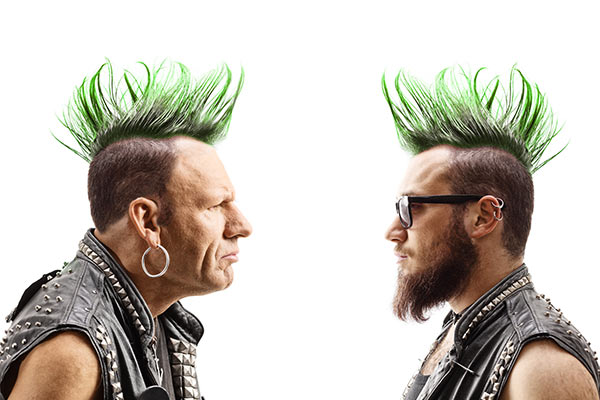
Brand identity is similar to brand image and influences it greatly. However, it’s clear that they’re different.
If we study our brand image and get negative feedback, we may adjust our brand identity as a result.
Keep this relationship in mind while thinking about the many phases and issues related to branding.
Measuring Brand Image
Measuring brand image is essential for understanding consumer perceptions and making data-driven decisions. There are several methods for measuring brand image, including surveys, focus groups, and social media listening. By analyzing customer feedback and online reviews, companies can identify areas for improvement and opportunities for growth. Measuring brand image can also help companies track the effectiveness of their marketing efforts and make adjustments to their branding strategy. This ongoing process ensures that the brand remains relevant and continues to meet the evolving needs of its audience.
Authenticity and Brand Image
Authenticity is essential for building a strong brand image. Companies must be truthful and transparent in their marketing efforts and consistently deliver on their brand promise. Authenticity can foster consumer trust and loyalty, leading to increased brand equity and revenue growth. By prioritizing authenticity, companies can create a positive brand image that resonates with their target audience. This involves being genuine in all communications and actions, ensuring that the brand’s identity is perceived as honest and reliable. Authenticity not only strengthens the brand’s relationship with existing customers but also attracts new ones who value integrity and transparency.
Check out our complete branding guide to learn more.
3 brand image examples of successful brand images
Let’s take a look at some companies who developed effective brand image:
1. Lamborghini
Lamborghini is an interesting brand, having created an image that represents a higher level of quality. People view Lamborghini like a club that they would like to someday get into.
Their models go beyond luxury, representing performance and sport. This separates them from competitors like Rolls-Royce, a comfort-luxury ride.
On the Lamborghini website are detailed model specifications and images. There are no prices next to the cars. In contrast, visit Chevrolet’s website and the price of each model is listed right next to it.
These nuances build a level of brand differentiation, which is intriguing. In fact, exclusivity often draws people in even further.
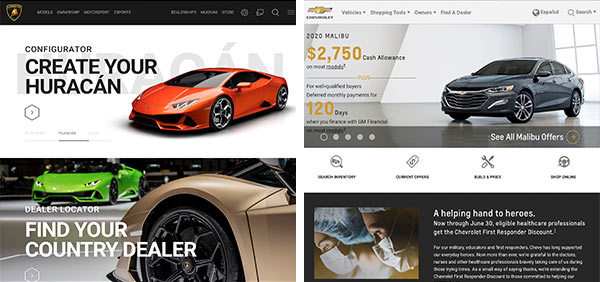
2. Cabela’s
Cabela’s is an outdoor clothing and equipment brand that cultivated an image of sturdy, self-sufficient gear.
Cabela’s understood something about their target market that others didn’t – that outdoor gear is about memories and nostalgia. Instead of focusing on the material of winter gloves, they explain the ways their gloves will keep you warm in the ice house with your family on vacation.

Their advertising campaigns create this unique image as well, with outdoorsy colors, videos of kids having fun on a fishing trip and families camping outside. Cabela’s brand voice, along with its visual elements, plays a crucial role in communicating with customers and establishing a recognizable brand image.
3. Zappos
Zappos, an online shoe and clothing store, managed to create an image that is widely recognized as one of the most trustworthy, caring and thoughtful brands around.
They’ve always been known to provide an amazing customer experience and offer overwhelmingly superior customer service. This focus on superior customer service has helped cultivate a better business-customer relationship, ultimately leading to an improved brand image.

Most recently, they’ve been in the spotlight for offering support to anyone who needs it during the current pandemic and subsequent lockdown. Without requiring any purchase, people were able to call Zappos reps and chat about whatever they’d like.
It’s exciting to see brands create such positive images for themselves. So how can we do the same? Let’s start by looking at some unique strategies.
Strategies to revolutionize your process
It’s not enough to research how to improve our image – we need to think meaningfully about it. How are we going to make this happen? What ways will a method or tactic work? These types of deeper questions should be a large part of the consideration stage. Cultivating a better business-customer relationship through Brand Perception Surveys can provide insights into how a brand is perceived by various stakeholders, ultimately enhancing the overall brand image and customer engagement.
To give you a strong base, here are some powerful strategies.
1. Don’t just vary your content – transform it!
Content is a way to develop strong bonds with customers. It informs them of new decisions while establishing company values and building voice.
By now, most brands attempt to diversify their content in order to reach as many different markets as possible. This results in different mediums as well, such as newsletters, articles and white papers.
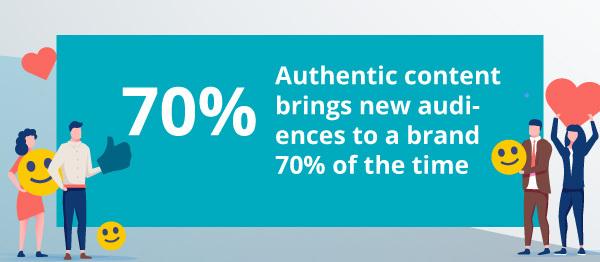
However, this is only half the battle. Building brand image is all about learning how customers view you. Since no one is perfect, no content is either. In fact, a lot of content fails to connect with target audiences.
Instead of diversifying content and extending its outreach to new markets, try re-creating different pieces and taking new approaches. Chances are, if you take an in-depth look at your content, there will be things to change.
2. However much you know about your audience, it isn’t enough. Keep digging.
Our efforts aren’t valuable if they don’t meet the needs and expectations of our audience. Knowing this, it’s important to put in the extra effort to evaluate the market and re-test our methods.
We might have a good idea of who our audience is and what they’re all about, but that’s not enough. People move, they age, they change and their needs evolve. If we lock them into a category, we’re bound to fail.
As a general rule, it’s important to gather information such as age, location and interests. Of course, you’ll want different customer data than other brands, so personalize your research.
If you want to discover new information about a specific market, there are tools that give detailed insight. SparkToro, for example, informs you of significant choices your target audience makes.
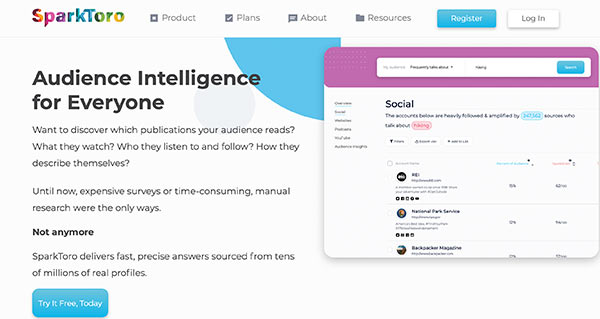
SparkToro removes the need for extensive surveys and exhaustive research. Instead, it delivers information about your target market, such as what types of articles they read, videos they watch and profiles they follow.
Our team recently used SparkToro and found it was very useful, saving time we otherwise would have spent researching on our own.
3. Pinpoint optimal brand visuals and don’t stray too far
“Design is the silent ambassador of your brand.” – Paul Rand
Using an example that we mentioned earlier, Cabela’s uses color schemes that represent the outdoors. Their logos and other brand elements blend into nature.
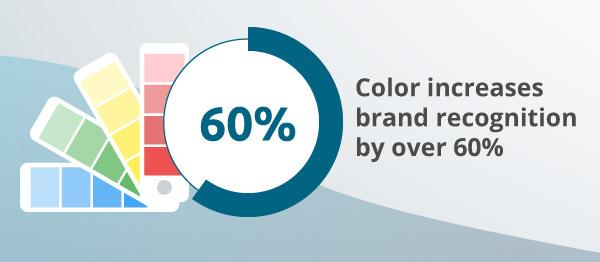
Similarly, we want to thrive for visuals that represent our brand image.
Similarly, we want to thrive for visuals that represent our image. If a customer feels a certain way about us, try to match and uphold that feeling with our logos and other brand elements.
Once we’ve locked in a distinct group of visuals that work well, minimize any changes surrounding it.
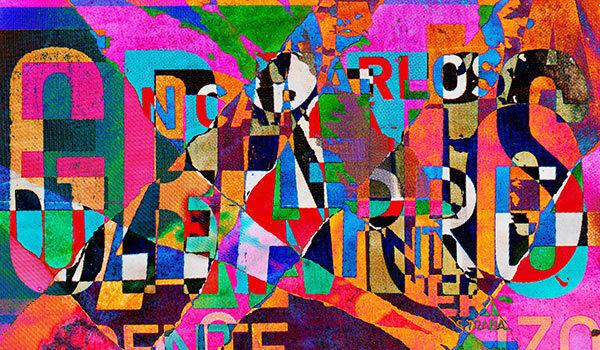
While it’s fine to make changes to your visuals from time-to-time, they should be within reason and not destroy someone’s image of your brand.
4. Marketing tactics: The right message in the wrong place is the wrong message
It’s impossible to boost brand success without an effective marketing plan. Once you’ve narrowed your target market, it’s time to reach them through carefully-constructed content and campaigns.
However, the right message is only as good as the medium it’s on. If you’re targeting SUV drivers on Instagram, but research has shown almost no SUV owners use Instagram, it won’t matter how creative the campaign.

Once you’re on the right medium and targeting the correct audience, feel free to get creative. As we see time and time again, brands willing to distance themselves from the norm break out with successful campaigns.
5. Ask yourself if your current brand persona is working
Brand persona is the personification of a brand through specific values and character. It is the human face of a brand.

Oftentimes we build a brand persona that matches our image, but doesn’t connect with audiences. Even though it’s not logical, we have to respect the results and adjust.
Our brand persona may have grown outdated, or it’s possible that our audience has changed. Whatever the case, this type of re-evaluation and adjustment is essential for brand growth.
Tying everything together
We can greatly influence our brand image. However, we can’t, no matter how hard we try, have ultimate control over it. Accepting this reality is key to a better image.
Be willing to try new things, get creative and take extra research time to truly understand how to push for a more impactful brand.

